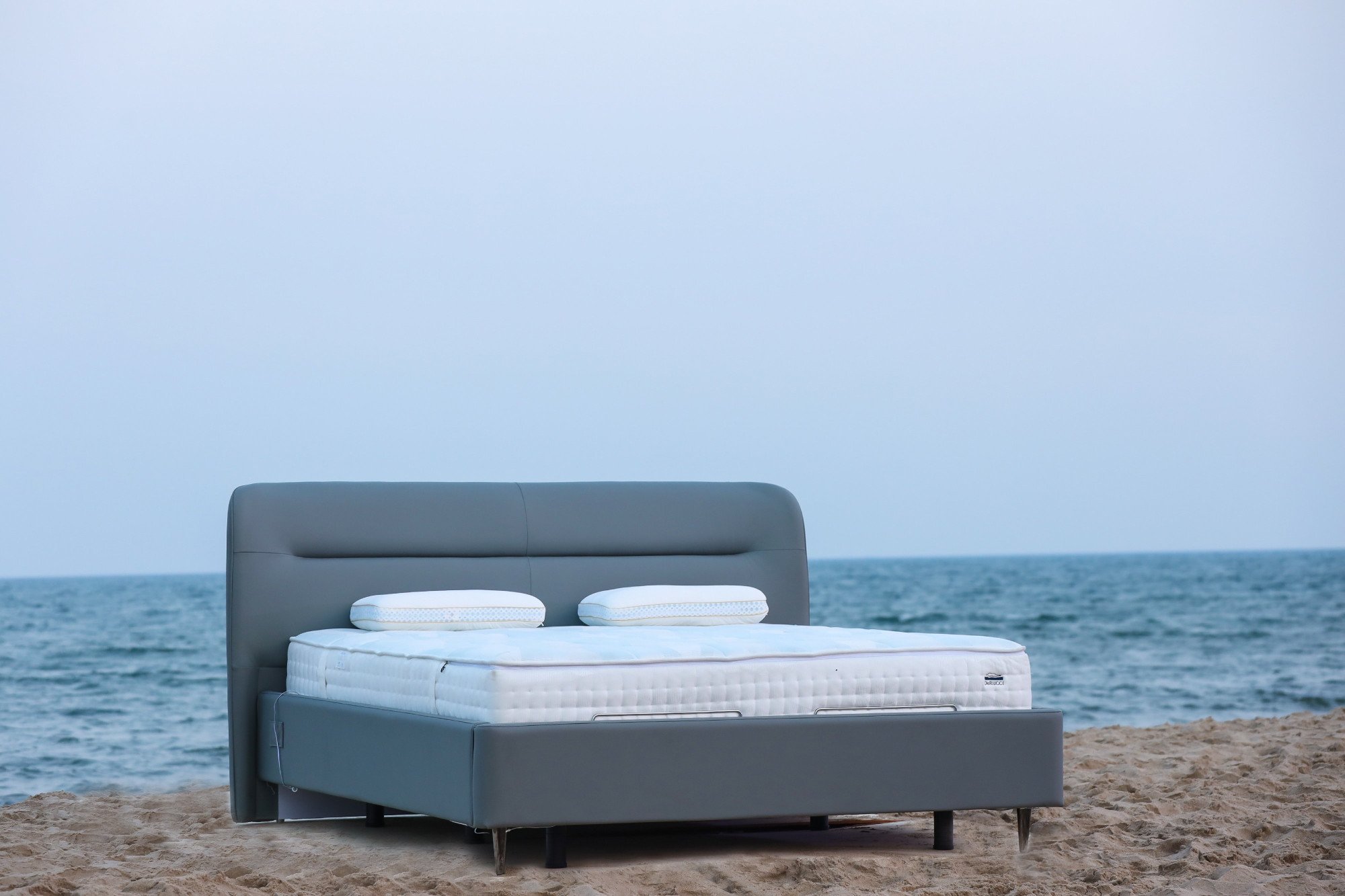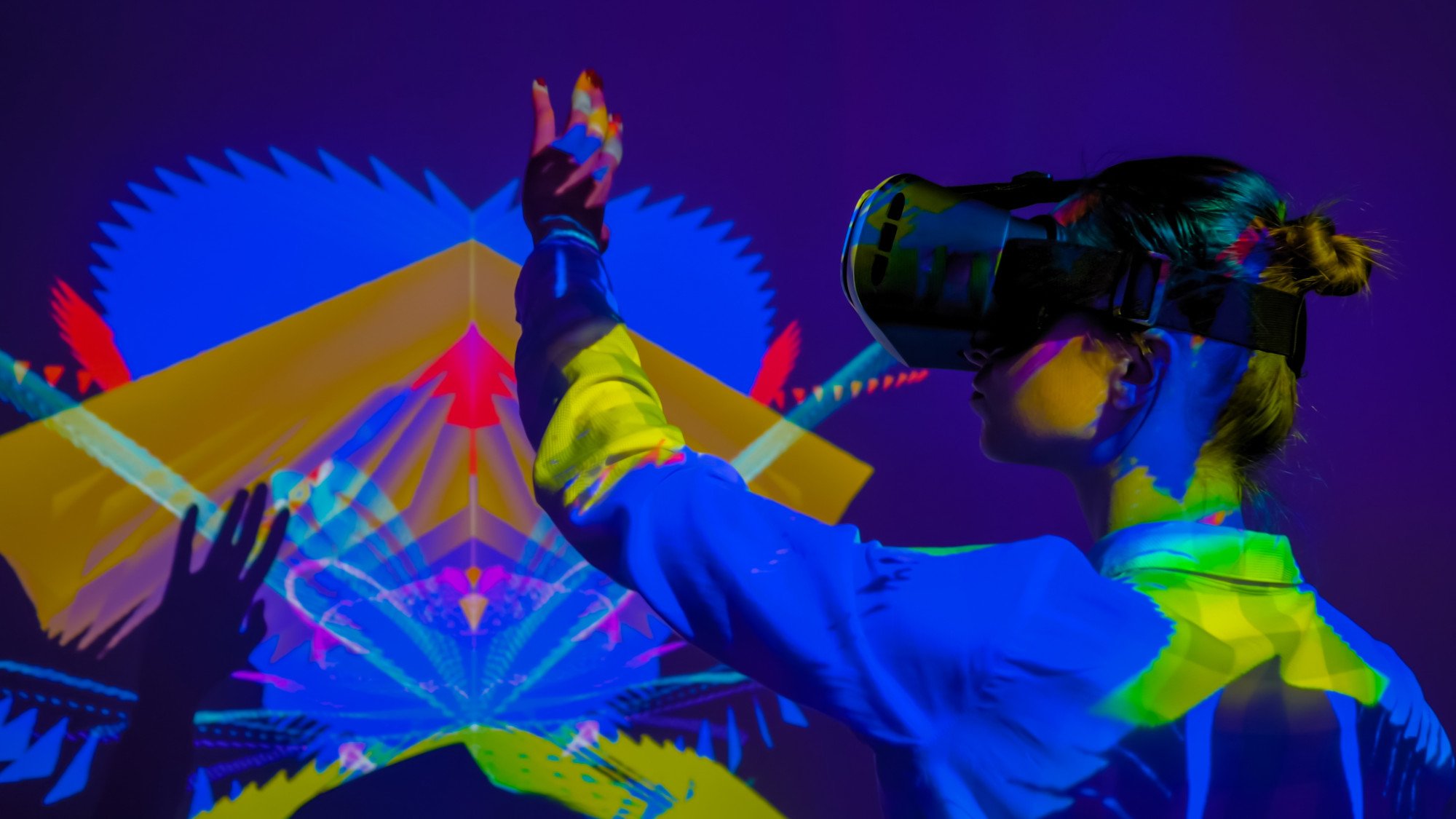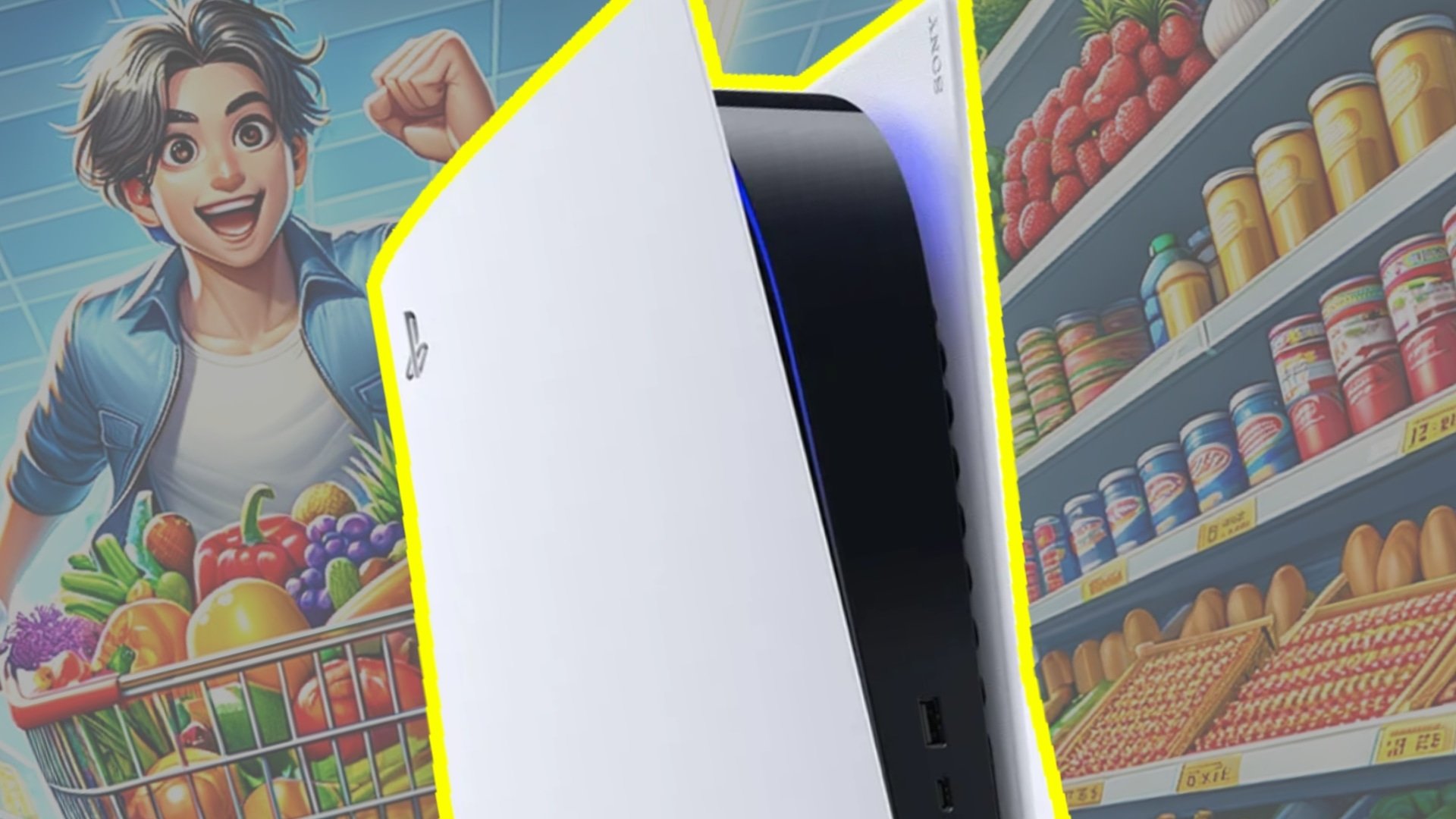Today’s advanced smart air purifiers ensure clean air. Photo: Shutterstock
“The pandemic significantly increased the time people spent at home, heightening their awareness of health and wellness,” says Jessica Smith, a brand strategist who co-authored the “Home as Highest-tech Health Hub” section of the report.
 Brand strategist Jessica Smith says self-care is now a cornerstone of modern living spaces. Photo: LinkedInMore than two-thirds of Americans now say they spend more time at home compared to two years ago, she says. The convenience and necessity of managing health from home have sped up the adoption of health-centric technologies, “making self-care a cornerstone of modern living spaces”.These innovations range from circadian rhythm lighting systems – that are set to a lower intensity in the early morning, transition to a higher intensity as the day progresses, and dip in the evening – that improve sleep quality, to smart air purifiers that ensure clean air.
Brand strategist Jessica Smith says self-care is now a cornerstone of modern living spaces. Photo: LinkedInMore than two-thirds of Americans now say they spend more time at home compared to two years ago, she says. The convenience and necessity of managing health from home have sped up the adoption of health-centric technologies, “making self-care a cornerstone of modern living spaces”.These innovations range from circadian rhythm lighting systems – that are set to a lower intensity in the early morning, transition to a higher intensity as the day progresses, and dip in the evening – that improve sleep quality, to smart air purifiers that ensure clean air.
“Unlike traditional medical healthcare, these technologies focus on prevention and maintaining well-being, offering tools that help individuals lead healthier, more balanced lives,” says Smith.
Examples mentioned in the report include DeRucci’s AIoT (Artificial Intelligence of Things) smart mattress, which uses 23 flexible sleep/health AI sensors that track subtle changes in position, body temperature, heart rate, and health and has 18 support airbags that instantly respond and support the user’s position and body movements.
“Such innovations will create healthier living environments and facilitate early detection of health issues, bridging the gap between wellness and medical care,” Smith says.
By using biometric data and adaptive technologies, these environments can adjust lighting, temperature, and even decor in real time to suit individual moods and activitiesJessica Smith
In the US, gadgets are not permitted by law to “diagnose” medical conditions – they can only suggest that something may be wrong and that the user see a doctor for a professional diagnosis. This form of health monitoring is becoming more common, the report says.
Trends indicate a growing adoption of remote health monitoring and virtual consultations, powered by AI. They are enabling more comprehensive healthcare management from the comfort of home.
Nanotechnology works by manipulating atoms the size of one-millionth of a millimetre, or less. And it promises to revolutionise wellness at home by providing advanced materials and devices, says Smith.
“For instance, self-cleaning surfaces using TiO2 [titanium dioxide] nanoparticles can significantly enhance hygiene, while nanotech-based wearables enable continuous health monitoring.” De Rucci’s smart mattress uses 23 AI sensors to adapt the mattress to the sleeper’s position. It also checks body temperature and heart rate. Photo: De Rucci
De Rucci’s smart mattress uses 23 AI sensors to adapt the mattress to the sleeper’s position. It also checks body temperature and heart rate. Photo: De Rucci
At the other end of the scale, “empathetic architecture” creates living spaces that respond to inhabitants’ emotional and physical needs.
“By using biometric data and adaptive technologies, these environments can adjust lighting, temperature, and even decor in real time to suit individual moods and activities,” says Smith.
Ari Peralta, a neuroscientist specialising in sensory design and wellness and founder of Arigami, a studio at the forefront of multisensory integration and sensory profiling, has expanded the idea to include the effects of fine art on the inside environment.
He contributed a section of the report called “A New Multi-sensory Art for Health and Wellness”. Peralta’s focus is on how immersive, sometimes interactive, art created by generative AI – the same technology that powers ChatGPT – can create environments that are conducive to well-being.
Research shows art can benefit our mental, physical and social wellness dimensions, Peralta says.
Imagine art that can transform you based on your movement, heartbeat or mood, inviting you to disconnect from the acceleration of life and fully immerse yourself in that momentAri Peralta
“Movement, touch, sound, temperature, all play a role in shaping our sensory experiences. Our nervous system and our sensory system are intertwined,” he says. The sensory system can be used to calm our “flight or fight” responses.
Immersive art uses images and sound to provide the sensation that the viewer is part of the artwork. It often employs light as a visual medium, it can be 3D, it is often created at a large scale, and is interactive in some way, responding to input from the participant or the environment.
Sometimes the imagery and sound can be synched to the participant’s biorhythms, like a heartbeat.
“Imagine art that can transform you based on your movement, heartbeat or mood, inviting you to disconnect from the acceleration of life and fully immerse yourself in that moment,” he says.
“Thanks to new AI technology, art is becoming more participatory, interactive and holistic.”
 Ari Peralta is a neuroscientist specialising in sensory design and wellness who founded the company Arigami. Photo: Arigami
Ari Peralta is a neuroscientist specialising in sensory design and wellness who founded the company Arigami. Photo: Arigami
Science supports the value in art therapy.
“Extensive research coming out of healthcare facilities indicates that art can reduce patient and personnel stress, curb depression and even reduce pain, therefore promoting a healing environment,” he writes.“Neuroscience studies confirm that immersive and multisensory art can stimulate the higher-level areas of the brain responsible for creativity and imagination,” he adds. This frees the brain from anxiety and allows space “for inspiration”.
Peralta highlights a recent study that used qEEG (quantitative electroencephalogram) tests that measure electrical activity in the form of brain wave patterns to learn more about the effects of abstract art.
It confirmed an increase in the test subject’s brain voltage, and noted the activation of more regions of the brain when they were viewing abstract art and the brain was challenged to create its own interpretation of it, he says.
 A woman wears a VR headset while waving her hands in front of an art display, part of an immersive art experience. Photo: Shutterstock
A woman wears a VR headset while waving her hands in front of an art display, part of an immersive art experience. Photo: Shutterstock
Everything is coming together to make wellness a priority in the design world, he says.
“Working at the dawn of the next technological revolution offered by generative AI, art-as-wellness and its potential positive impact on human well-being are among the most exciting new fields to explore.”




